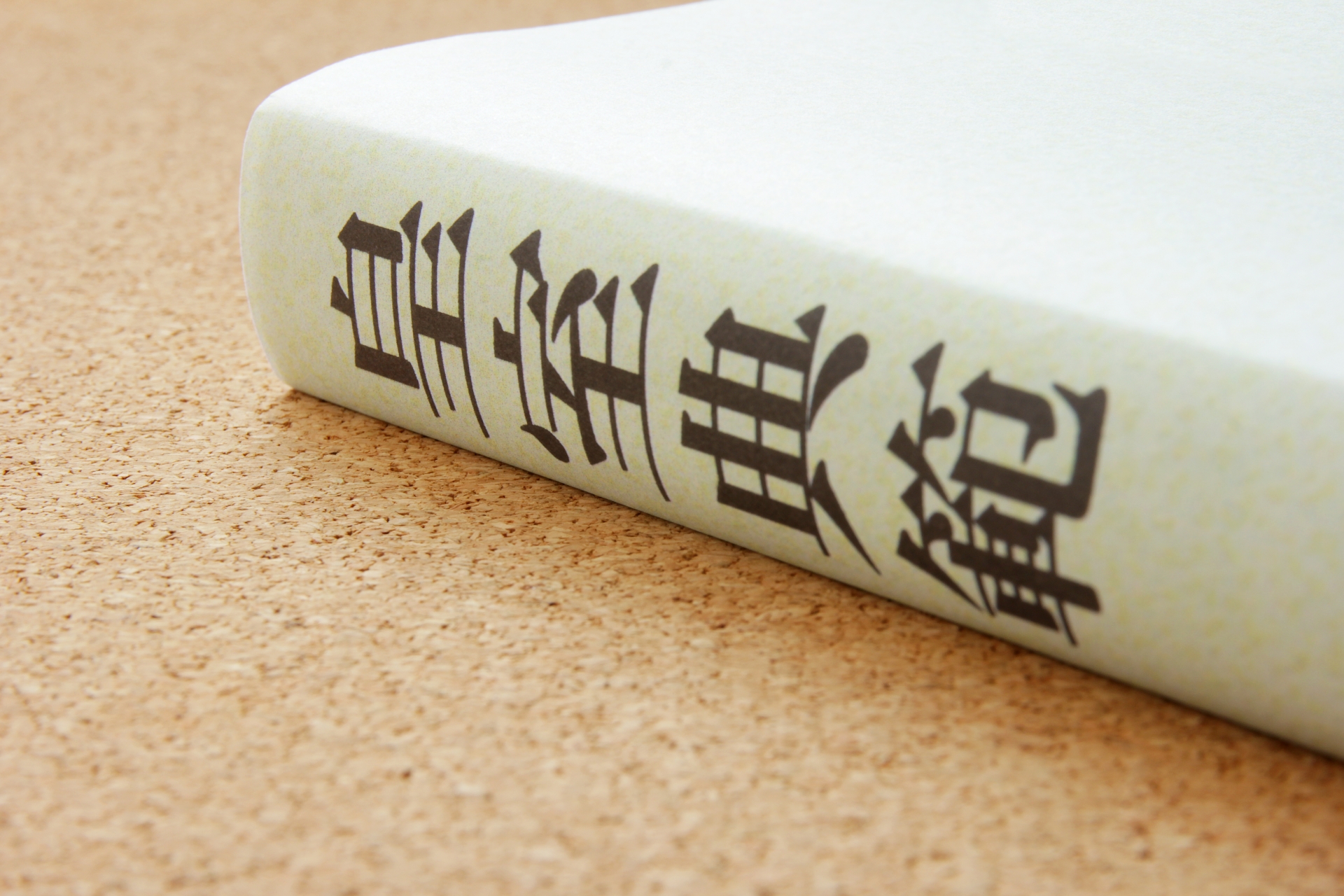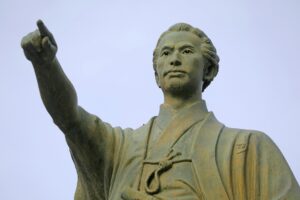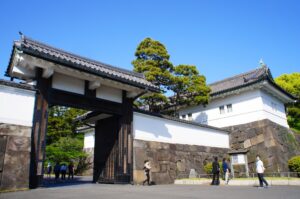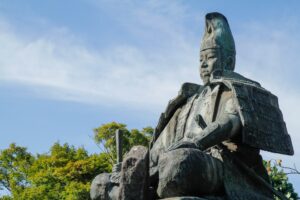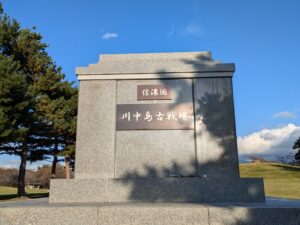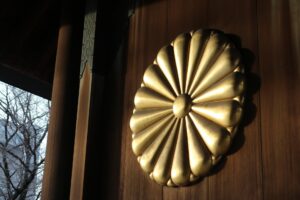In Japan, the term “Emperor System” (Tennōsei) refers to the unique institution of the Emperor of Japan and the political, cultural, and symbolic roles associated with it. Although the emperor once held sovereign authority, today he serves as a symbol of the State and the unity of the people, as defined in Japan’s post-war Constitution. This article introduces the historical foundations of the Emperor System, explains how its role dramatically shifted after World War II, and examines its continued cultural significance and ongoing debates. From mythological origins and modernization under the Meiji government to the 2019 imperial transition and contemporary challenges, this guide offers a clear and accessible overview for anyone seeking to understand the Japanese monarchy in its full historical and modern context.
Historical Origins of the Emperor System
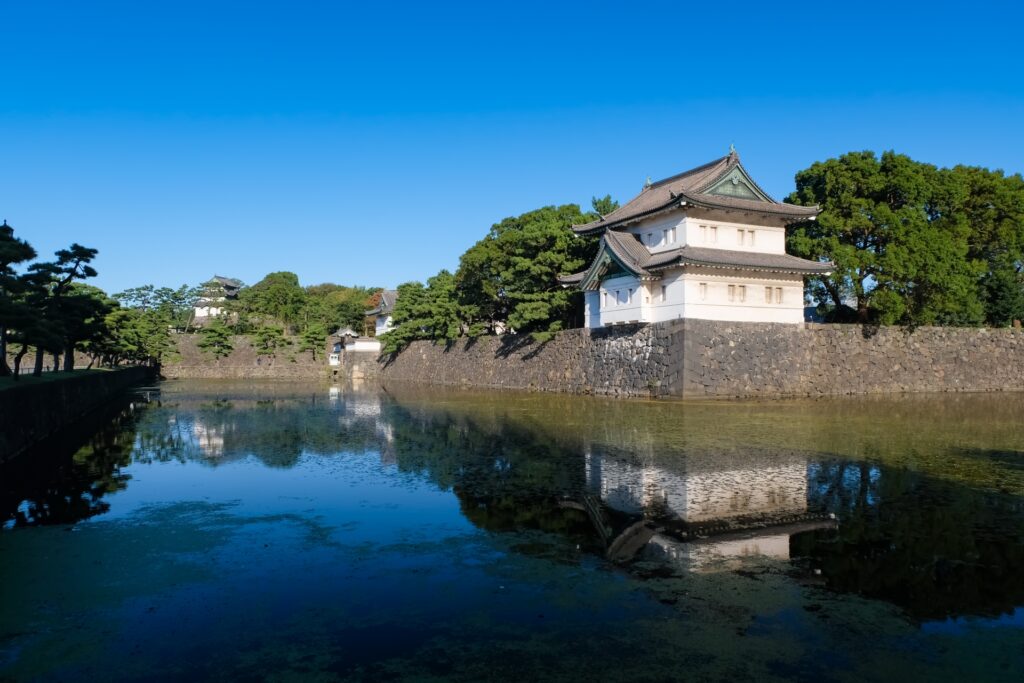
The Emperor System traces its roots to Japan’s earliest mythology, where the imperial lineage is believed to descend from Amaterasu, the Shinto sun goddess. The first legendary emperor, Emperor Jimmu, is said to have founded the imperial line in 660 BCE, establishing a divine connection that would define the emperor’s symbolic authority for centuries. Although these origins sit in the realm of myth, historical evidence suggests that by the 3rd–5th centuries CE, an early political structure known as the Yamato court began consolidating power across the Japanese archipelago. The emperors of this era performed key ritual and religious functions, unifying clans under a shared spiritual framework.
As Japan developed through the Asuka, Nara, and Heian periods, the emperor remained a central figure, but political authority often shifted to powerful aristocratic families (such as the Fujiwara) or later to the samurai class under the shogunate. Despite losing direct political power, the emperor retained unmatched legitimacy as the spiritual core of the nation. This historical dynamic set the stage for the Meiji Restoration in 1868, when reformers revived the emperor as the embodiment of national sovereignty and modern statehood. The 1889 Meiji Constitution codified this transformation, redefining the emperor as the supreme authority in Japan’s modern constitutional monarchy.
Timeline of Major Transitions in Imperial Authority
| Period | Key Developments |
| Mythological Age | Divine lineage established through Amaterasu; Emperor Jimmu’s legendary founding |
| Yamato Period (3rd–5th c.) | Emergence of imperial court, ritual authority |
| Nara/Heian Periods | Court culture flourishes; political authority shifts to aristocracy |
| Kamakura–Edo Periods | Shogunate rules; emperor retains symbolic/religious authority |
| Meiji Restoration (1868) | Emperor restored as sovereign ruler of a modern nation-state |
| Meiji Constitution (1889) | Emperor granted supreme powers under constitutional monarchy |
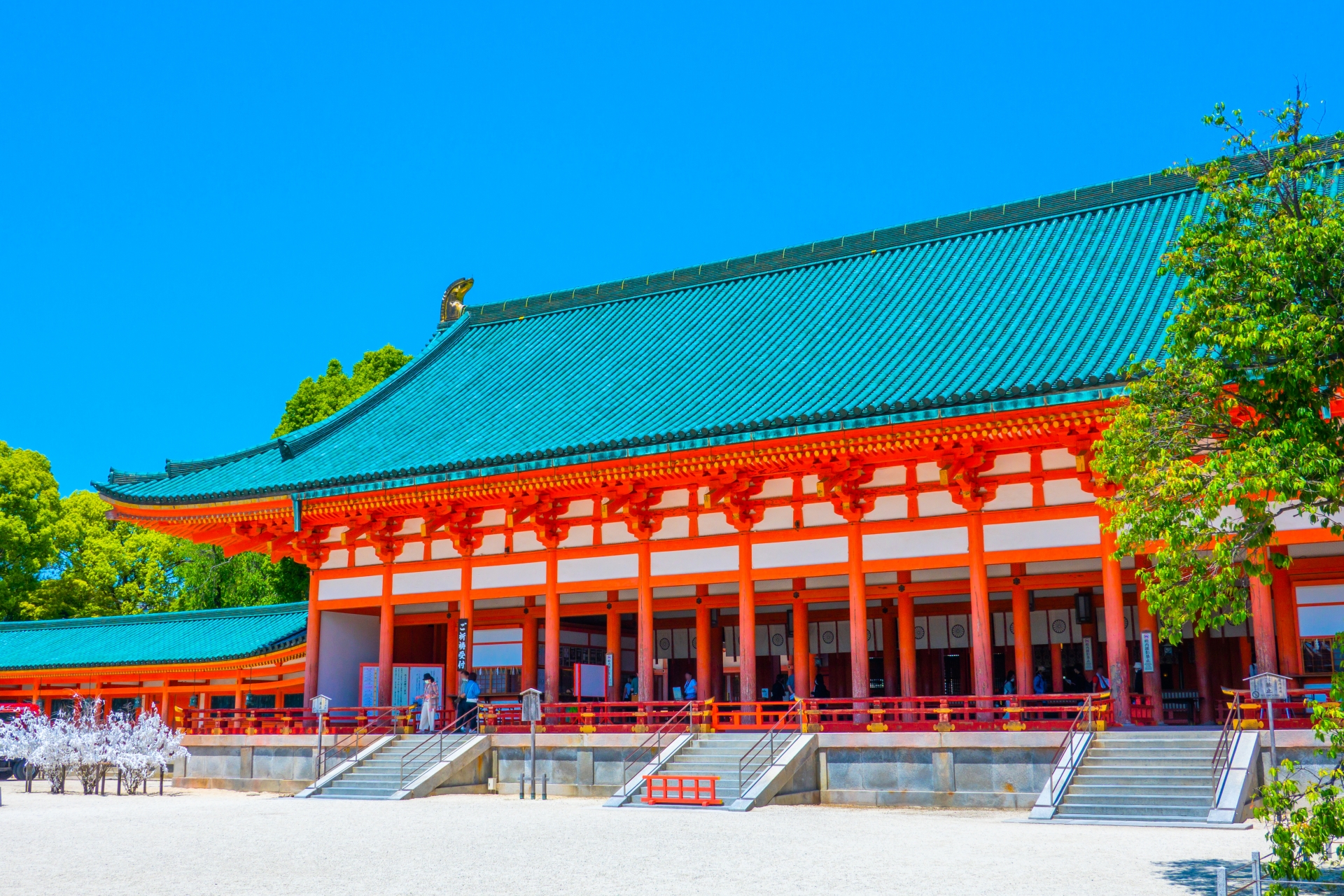
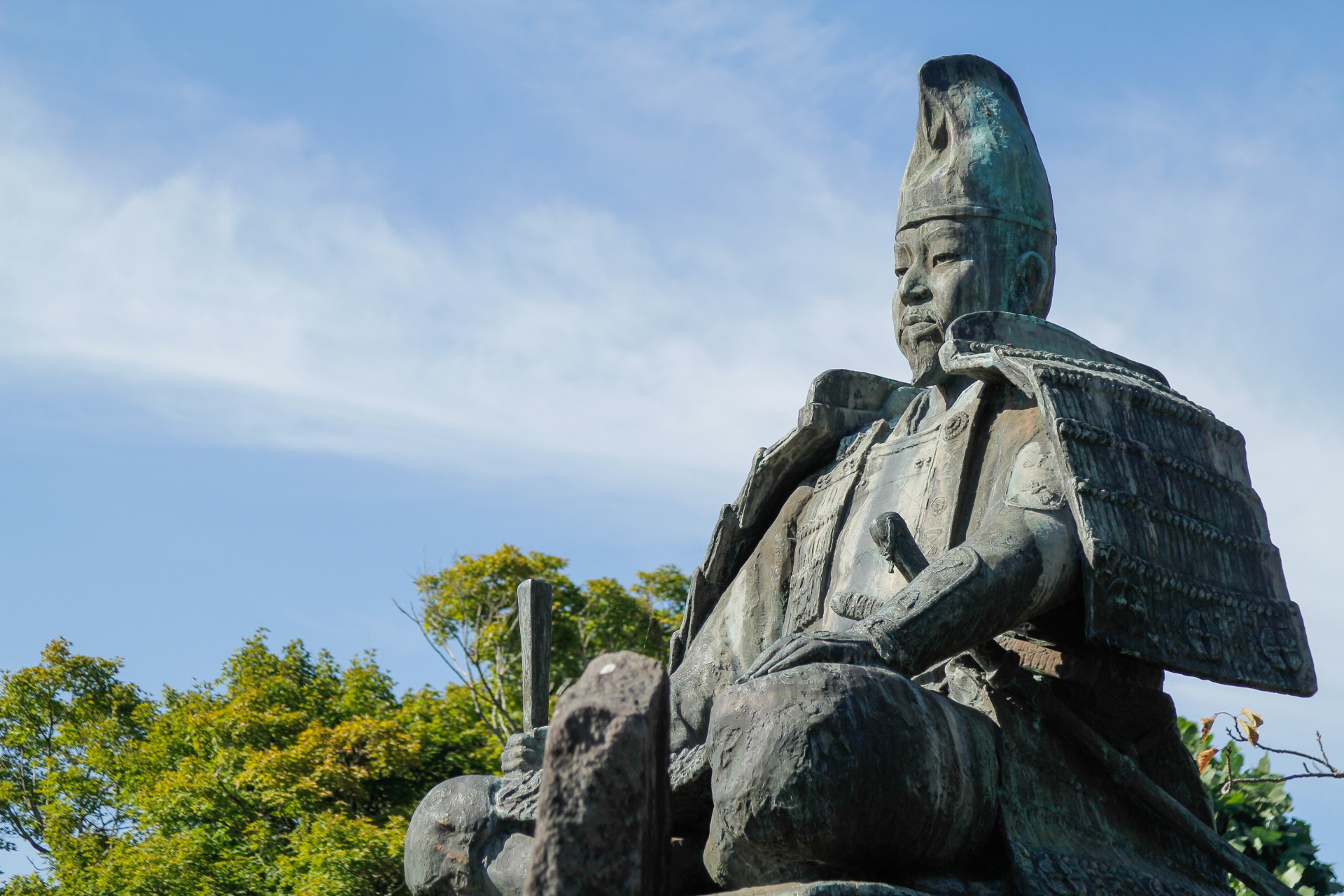

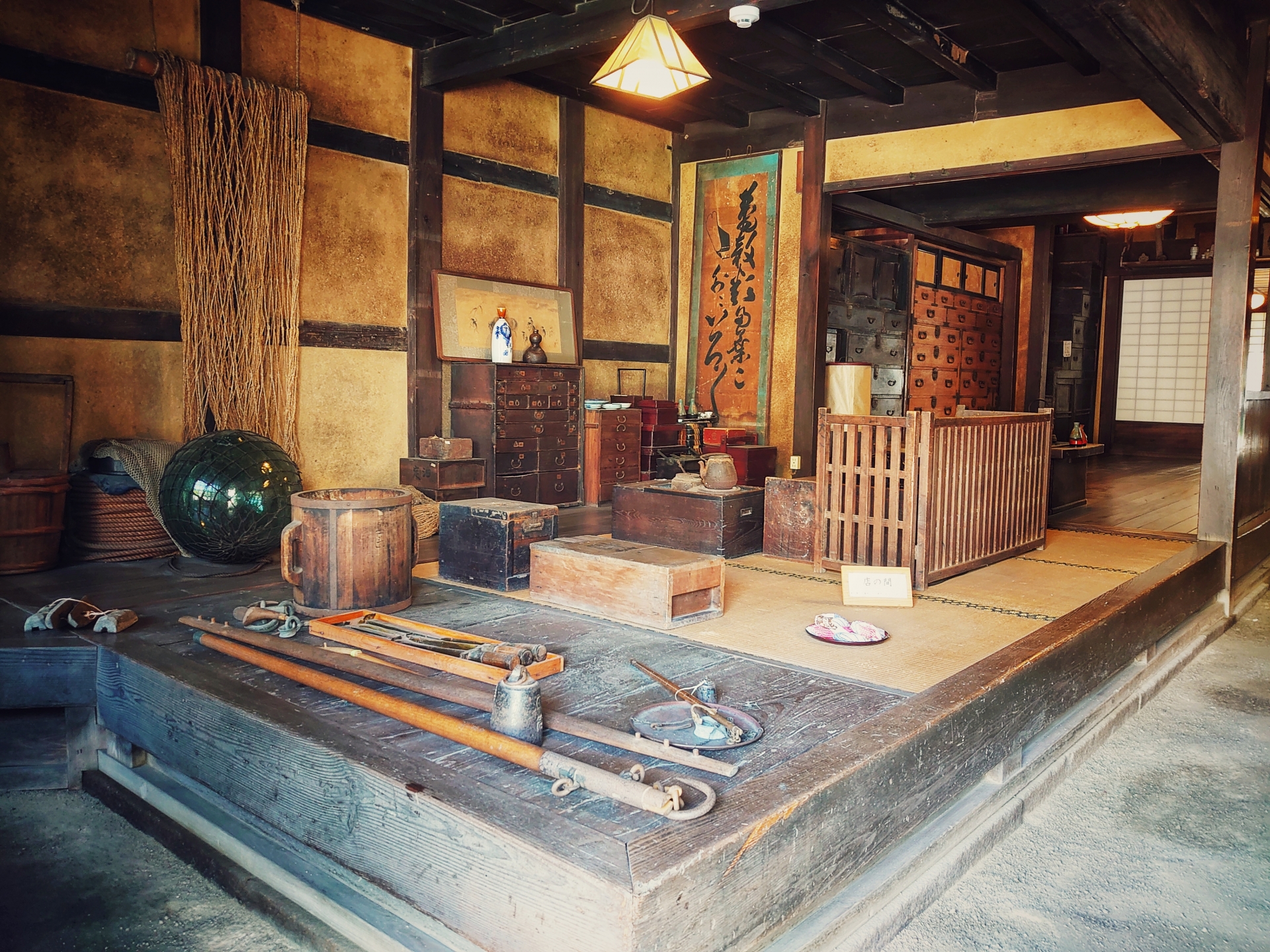
The Emperor System Under the Meiji Constitution
Under the Meiji Constitution of 1889, the emperor was positioned at the apex of the state with sovereignty vested entirely in the imperial institution. Although influenced by Western constitutional models, the Meiji legal framework maintained the emperor as the ultimate source of political legitimacy. Article 4 of the constitution famously declared that the emperor was “sacred and inviolable,” reinforcing his supreme status within both governance and national ideology.
The emperor held extensive theoretical powers, including:
- Supreme command over the army and navy
- Authority to issue imperial ordinances
- Power to convene and dissolve the Imperial Diet
- Appointment of ministers and other high officials
- Ultimate control over constitutional amendments
In practice, political power was often exercised by oligarchic groups such as the genrō and military leadership, but these actions were carried out in the name of the emperor, allowing the government to legitimize militarization and imperial expansion. Scholars describe this dynamic as a central feature of “emperor-system fascism”, a concept referring not to the emperor personally but to the political structure in which his symbolic authority was used to justify authoritarian rule and nationalistic mobilization. The emperor system of this era became a powerful ideological tool, shaping Japan’s modernization and its path toward militarism in the early 20th century.
The Post-War Transformation: Symbolic Emperor in the 1947 Constitution
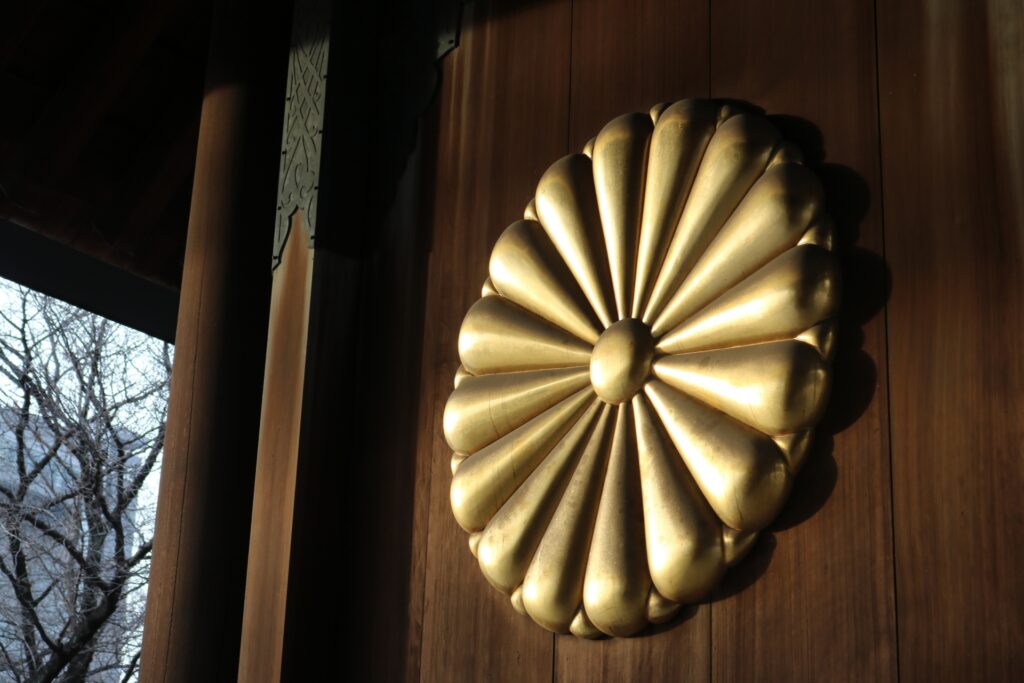
Japan’s defeat in World War II led to one of the most significant political transformations in its history. The 1947 Constitution redefined the emperor’s role, removing all governing power and establishing the principle of popular sovereignty. Under Article 1, the emperor was recast as:
“the symbol of the State and of the unity of the people, deriving his position from the will of the people with whom resides sovereign power.”
This shift marked an unprecedented change: sovereignty now rested with the people, not with the emperor or the state apparatus acting on his behalf.
Key Articles Shaping the New Emperor System
- Article 1: Defines the emperor as a symbol, not a sovereign ruler.
- Article 2: Establishes hereditary succession according to the Imperial House Law.
- Article 3: Requires all acts of the emperor to be approved by the Cabinet.
- Article 4: Prohibits the emperor from performing any “powers of government,” limiting his duties to ceremonial functions.
This new framework institutionalized a modern, democratic state while retaining the emperor as a cultural and symbolic figure. The emperor no longer governs; instead, he performs duties such as inaugurating the Diet, receiving foreign ambassadors, and attending national ceremonies. This transformation created the modern “Symbolic Emperor System”, which remains at the center of Japan’s identity and constitutional order today.
Contemporary Significance and Debates
In contemporary Japan, the emperor serves as a unifying cultural symbol through ceremonial duties, public appearances, disaster outreach, and expressions of empathy during national crises. The 2019 transition from Emperor Akihito to Emperor Naruhito—marked by Emperor Akihito’s historic abdication—renewed public interest in imperial traditions and highlighted the institution’s continuing relevance.
Major Debates Surrounding the Modern Emperor System
Is the emperor a head of state?
Although the Constitution avoids the term “head of state,” many nations treat the emperor as such in diplomatic practice. Debate continues among constitutional scholars about whether the emperor should be explicitly defined as head of state.
Constitutional revision
Some political groups advocate revising the constitution to strengthen the emperor’s symbolic status or clarify state functions. Others warn that such changes may alter the delicate balance of post-war democracy.
Succession challenges and female succession
With the imperial family shrinking and few eligible male heirs, discussions around allowing female emperors or female-line succession have intensified. This remains one of the most pressing institutional issues today.
Japan’s Imperial Succession Rituals
Imperial transitions involve elaborate ceremonies blending ancient Shinto tradition with modern state protocol:
- Kenji-to-Shōkei-no-gi: Inheriting the imperial regalia
- Sokui-go-Chōken-no-gi: First audience after accession
- Sokui-no-Rei: Official accession ceremony
- Daijōsai: Grand thanksgiving ritual marking the new reign
These rituals express both continuity and renewal within the imperial institution, reinforcing cultural identity while preserving ancient tradition.
Cultural & Symbolic Dimensions of the Emperor System
Beyond constitutional structures, the Emperor System is deeply embedded in Japanese cultural identity. The emperor’s mythological descent from Amaterasu reflects Shinto concepts of purity, harmony, and continuity. Historically, the emperor performed sacred rituals that linked the spiritual world with the prosperity of the nation. Even today, many imperial ceremonies retain strong religious elements, especially those conducted at the Imperial Palace’s Shinto shrines.
Public perception of the emperor generally reflects respect and cultural appreciation rather than political allegiance. The emperor represents national continuity, compassion during national disasters, and a non-political moral presence. In education, media, and popular culture, the imperial family often appears in ways that emphasize tradition, etiquette, and generational change.
The Era Name (Gengō) System

Japan uses a dual dating system: the Western calendar and the imperial era-name system known as gengō. A new era name begins when a new emperor ascends the throne, symbolically marking a new chapter in national life. Recent examples include:
- Heisei (1989–2019) under Emperor Akihito
- Reiwa (2019–present) under Emperor Naruhito
Era names are chosen through a careful selection process involving scholars and government officials, drawing from classical literature. Gengō appear on official documents, newspapers, coins, and everyday forms, embedding imperial transitions into daily life. Many Japanese associate each era with specific memories, technological changes, or cultural trends, making gengō an important part of Japan’s historical consciousness.
Comparative Perspective: Monarchies and Symbolic Heads of State
Japan’s emperor is often compared to monarchs in other constitutional monarchies such as the United Kingdom, Sweden, or the Netherlands. While these monarchs also serve as symbolic heads of state, Japan’s Emperor System stands apart in several ways.
First, Japan’s imperial line is considered the oldest continuous hereditary monarchy in the world, giving it a unique historical depth. Second, the emperor’s role is explicitly defined as non-political under the Constitution, meaning he cannot make statements that influence government or policy. Third, the deep integration of mythological and Shinto traditions distinguishes the Japanese monarchy from its European counterparts, where Christianity or secular heritage shapes royal legitimacy.
In Western monarchies, royalty often plays an active role in charity, public dialogue, or national representation. In Japan, however, the emperor must maintain strict neutrality, focusing on rituals, cultural duties, and symbolic acts of unity. This creates a distinctive balance of tradition and constitutional restraint that defines the modern Emperor System.
Challenges, Criticisms & Future Prospects
The Emperor System today faces a wide range of challenges that influence debates about its future. One major issue is republican sentiment, which—while not mainstream—argues that a modern democratic society no longer requires a hereditary monarch. Critics also question the financial cost of maintaining the Imperial Household and its various facilities and ceremonial activities.
Another major concern is declining public interest among younger generations. While the imperial family still enjoys respect, many young people feel emotionally distant from its traditions, raising questions about long-term cultural relevance. Additionally, the shrinking number of male heirs has sparked urgent discussions about revising the Imperial House Law to allow female succession or expand the pool of eligible successors.
Pros & Cons of the Modern Emperor System
| Perspective | Arguments For | Arguments Against |
| Cultural | Preserves tradition and continuity | Younger generations less interested |
| Political | Provides stable, non-political national symbol | Ambiguities over head-of-state status |
| Social | Unifying presence during crises | Cost of ceremonies and household maintenance |
| Institutional | Long historical heritage | Succession challenges and limited heirs |
Future scenarios range from modest reforms to significant changes in the Imperial House Law. Some proposals include reinstating former royal family branches or creating new pathways for succession. Others advocate for a more flexible and inclusive model, including female emperors—something historically present but not permitted under current law. Japan’s demographic shifts and global cultural trends ensure that debates surrounding the Emperor System will continue to evolve.
Conclusion
The Japanese Emperor System is a complex institution shaped by mythology, history, constitutional reform, and cultural tradition. From ancient legends and the political reorganization of the Meiji era to the symbolic role established by the 1947 Constitution, the emperor has remained a defining feature of Japanese identity. Today, the emperor serves as a unifying cultural figure who embodies continuity, compassion, and tradition. Yet the institution faces important challenges, including demographic pressures, succession issues, and debates about its future relevance.
Understanding the Emperor System offers valuable insight into Japan’s political development, cultural identity, and unique blend of tradition and modernity. For readers interested in Japanese history, governance, or cultural studies, exploring the evolution of the Emperor System provides a rich lens for understanding the nation as a whole.

